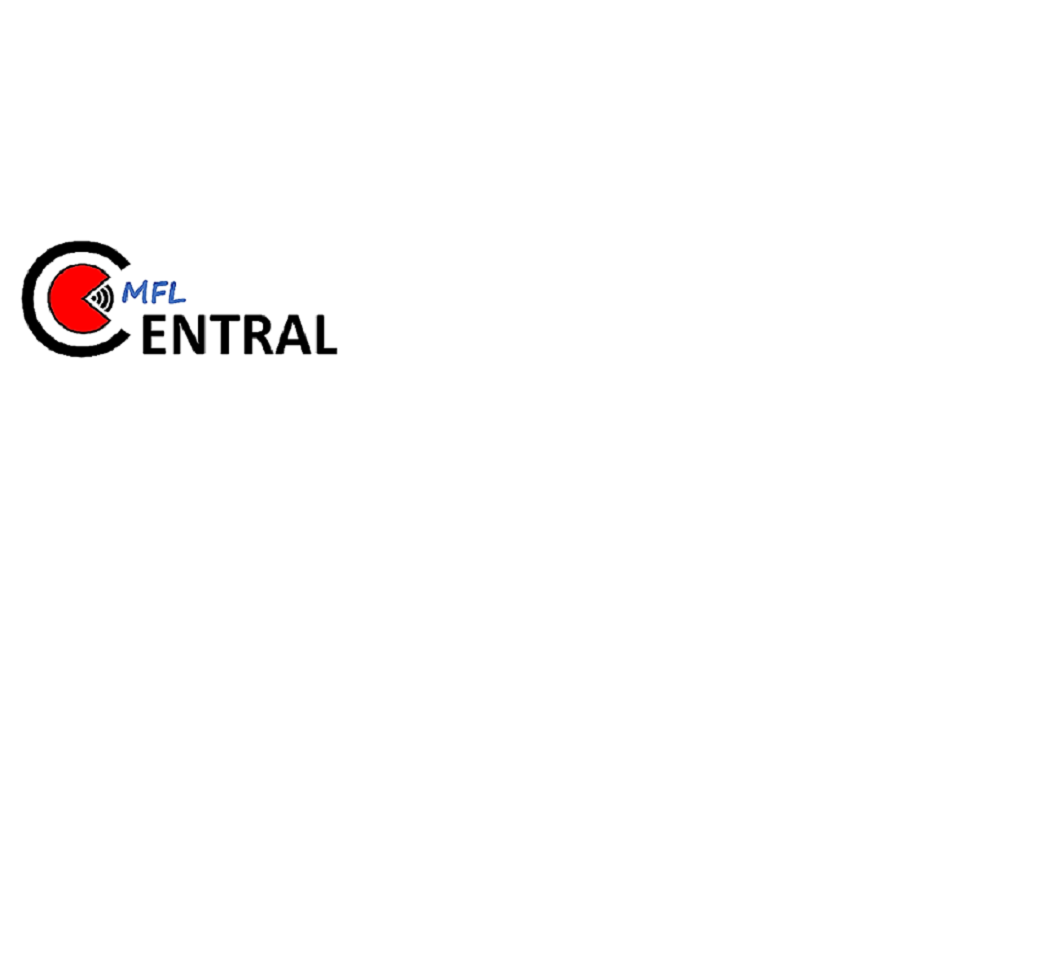Mastering Teaching Assessment Strategies
- Gaelle Launay-Hughes

- Oct 13
- 4 min read
Assessment is a vital part of teaching, especially when it comes to foreign languages. It helps us understand how well learners are grasping new concepts, where they might be struggling, and how we can adjust our teaching to support them better. Over the years, I have found that mastering assessment methods for teaching not only improves student outcomes but also makes the learning journey more engaging and rewarding for everyone involved.
In this post, I want to share practical insights and strategies that you can apply in your classroom or learning environment. Whether you are a teacher, a student, or a language learner, these ideas will help you approach assessment with confidence and clarity.
Understanding Assessment Methods for Teaching
Assessment methods for teaching are the tools and techniques we use to measure learning progress. They come in many forms, from formal tests to informal observations. The key is to choose the right method for your specific goals and context.
Some common assessment methods include:
Formative assessment: Ongoing checks during lessons to gauge understanding.
Summative assessment: Evaluations at the end of a unit or course to measure overall achievement.
Diagnostic assessment: Pre-assessments to identify learners’ strengths and weaknesses.
Peer and self-assessment: Encouraging learners to evaluate their own or each other’s work.
Each method has its strengths and can be combined to create a balanced approach. For example, using formative assessments regularly helps catch misunderstandings early, while summative assessments provide a clear picture of overall progress.
When selecting assessment methods, consider factors such as the learners’ age, language level, and learning style. Also, think about the skills you want to assess – speaking, listening, reading, writing, or cultural understanding.

Practical Assessment Methods for Teaching Language Learners
In my experience, practical assessment methods are the most effective because they reflect real-life language use. Here are some techniques that work well in foreign language teaching:
Oral presentations
Encourage learners to prepare short talks on familiar topics. This assesses speaking skills, vocabulary, and pronunciation. It also builds confidence in using the language spontaneously.
Role plays and simulations
Create scenarios where learners must use the language in context, such as ordering food in a restaurant or asking for directions. This method assesses communication skills and cultural knowledge.
Written assignments
Tasks like essays, emails, or diary entries help evaluate grammar, vocabulary, and writing style. Providing clear rubrics makes expectations transparent and feedback more constructive.
Listening comprehension exercises
Use audio clips or videos followed by questions to test understanding. This can be done individually or in groups to encourage discussion.
Quizzes and games
Short quizzes or language games add a fun element to assessment and can be used frequently to reinforce learning.
By mixing these methods, you create a dynamic learning environment where assessment feels like a natural part of the process rather than a stressful event.

4 Techniques of Assessment.
To deepen our understanding, let’s explore the four main techniques of assessment:
Observation
Watching learners as they participate in activities provides insights into their language use, interaction skills, and confidence. For example, noting how a student asks questions during a group discussion can reveal their speaking ability and engagement.
Questioning
Asking open-ended and targeted questions helps assess comprehension and critical thinking. It also encourages learners to express themselves more fully.
Testing
Formal tests, including multiple-choice, fill-in-the-blanks, and essays, measure specific knowledge and skills. Tests should be fair, clear, and aligned with learning objectives.
Self-assessment and Peer-assessment
These techniques empower learners to reflect on their progress and learn from each other. Providing clear criteria and guidance is essential to make these assessments meaningful.
Using these techniques in combination allows for a comprehensive picture of learner progress. For example, observation and questioning can be used during lessons, while testing and self-assessment might be reserved for more formal checkpoints.

Tips for Effective Feedback in Language Assessment
Assessment is not just about grading; it’s about guiding learners toward improvement. Feedback plays a crucial role in this process. Here are some tips I’ve found helpful:
Be specific: Instead of saying "Good job," say "Your pronunciation of the ‘th’ sound has improved a lot."
Focus on strengths and areas for growth: Balance positive comments with constructive suggestions.
Use clear language: Avoid jargon and explain feedback in simple terms.
Encourage self-reflection: Ask learners what they think went well and what they want to work on.
Make it timely: Provide feedback as soon as possible after the assessment to keep it relevant.
Remember, feedback should motivate learners, not discourage them. When done well, it builds confidence and fosters a growth mindset.
Integrating Technology in Assessment Methods for Teaching
Technology offers exciting opportunities to enhance assessment in language learning. Digital tools can make assessment more interactive, immediate, and personalised.
Some useful tools include:
Online quizzes and polls: Platforms like Kahoot! or Quizlet make quizzes fun and accessible.
Language learning apps: Apps often include built-in assessments that track progress over time.
Video and audio recordings: Learners can record themselves speaking and receive feedback from peers or teachers.
Learning management systems (LMS): These systems allow for easy distribution and collection of assignments and tests.
When integrating technology, ensure it supports your learning goals and is user-friendly for all learners. Technology should enhance, not complicate, the assessment process.
Moving Forward with Confidence in Language Assessment
Mastering assessment methods for teaching is a journey, not a destination. It requires ongoing reflection, adaptation, and a willingness to try new approaches. By combining different techniques, providing meaningful feedback, and embracing technology, you can create a supportive environment where language learners thrive.
If you want to explore more about teaching assessment strategies, I highly recommend checking out resources that offer practical training and development tailored to language educators.
Remember, assessment is a powerful tool to inspire a genuine love for languages and help learners reach their full potential. Keep experimenting, stay curious, and enjoy the rewarding process of guiding others on their language learning journey.













































Comments